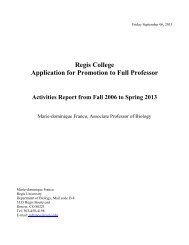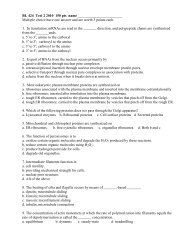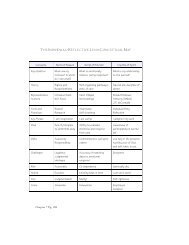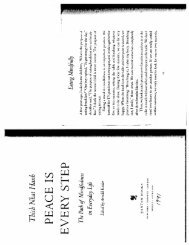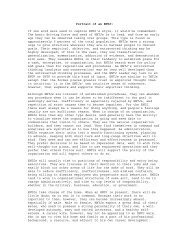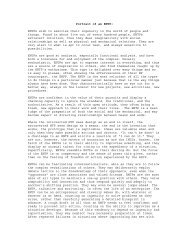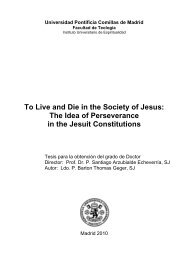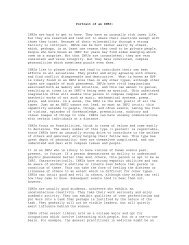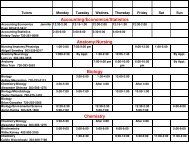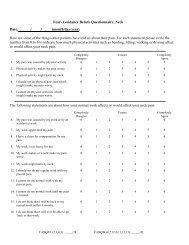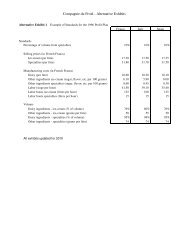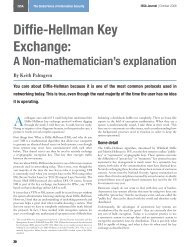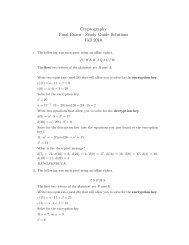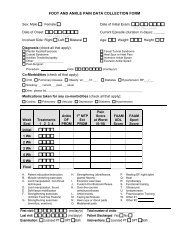Exam 2 - Regis
Exam 2 - Regis
Exam 2 - Regis
Create successful ePaper yourself
Turn your PDF publications into a flip-book with our unique Google optimized e-Paper software.
15. Which of the following is most likely to lead to population cycles?<br />
a. Demographic stochasticity<br />
b. Genetic drift<br />
c. Delayed density dependence<br />
d. Habitat fragmentation<br />
e. Logistic growth<br />
16. Which of the following is a plausible consequence of delayed density dependence in a population that would<br />
otherwise have logistic growth?<br />
a. Increased environmental stochasticity<br />
b. Dampened oscillations<br />
c. Population cycles<br />
d. Both a and b<br />
e. Both b and c<br />
17. According to May’s model, a population that experiences delayed density dependence can exhibit logistic<br />
growth or dampened oscillations, or it can fluctuate forever in a stable limit cycle. Which two factors determine<br />
the pattern that will result?<br />
a. The population growth rate under ideal conditions and the starting population size<br />
b. The population growth rate and the time lag<br />
c. The starting population size and the time lag<br />
d. The time lag and the degree of demographic stochasticity<br />
e. The time lag and the carrying capacity<br />
18. Suppose that a population of weevils that experiences logistic growth has an initial size of 1,563 and follows<br />
the standard equation for delayed density dependence with a 5-week delay and an intrinsic growth rate of 0.15<br />
per week. If these conditions remain constant and the population is tracked for a long time, what type of<br />
population dynamics should it display? (The cutoff rτ value for dampened oscillations is 0.368, and the cutoff<br />
for a stable limit cycle is 1.57.)<br />
a. Exponential growth<br />
b. Logistic growth<br />
c. Dampened oscillations<br />
d. A stable limit cycle<br />
e. No change over time<br />
19. Suppose that two species of Darwin’s finches live on the same island and eat seeds, but one species tends to<br />
eat larger seeds than the other one does. Based on this observation, we can conclude that these species are<br />
engaged in<br />
a. resource partitioning.<br />
b. allelopathy.<br />
c. interference competition.<br />
d. competitive exclusion.<br />
e. character displacement.<br />
20. Suppose that a species of moss cannot coexist with a superior competitor unless there is periodic<br />
disturbance. This species is also a frequent disperser. Which of the following is most likely?<br />
a. The moss is engaged in character displacement.<br />
b. In a constant environment, the moss and its competitor have zero population growth isoclines that cross.<br />
c. The moss is a fugitive species.<br />
d. Both a and b<br />
e. None of the above<br />
4



